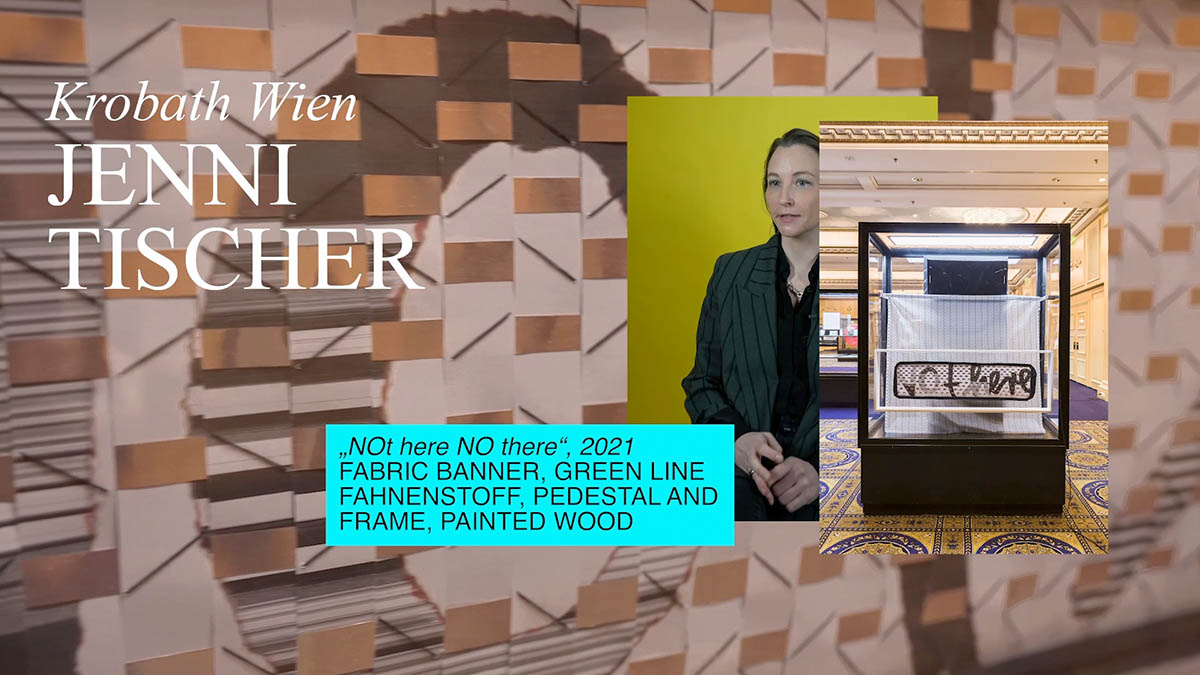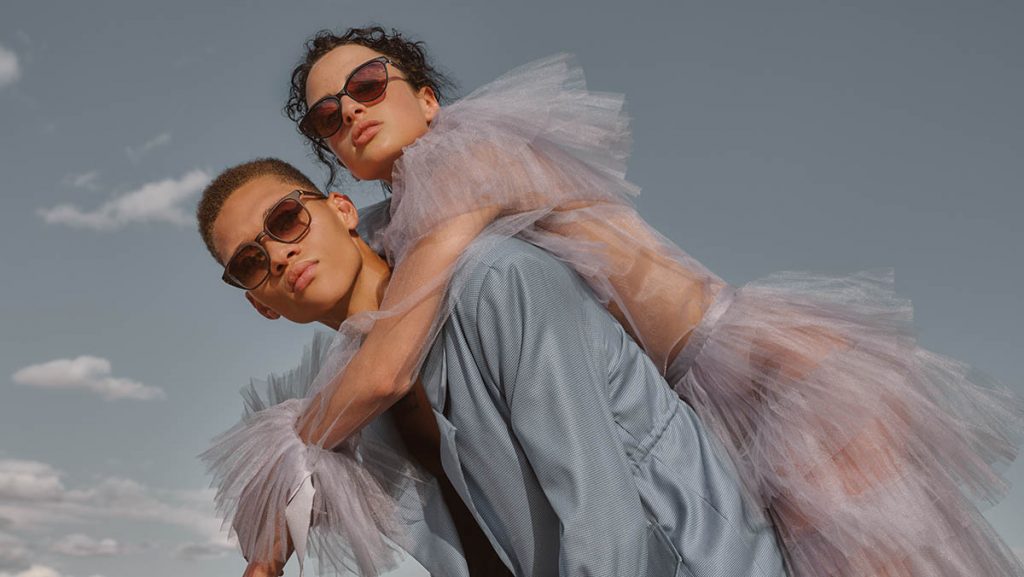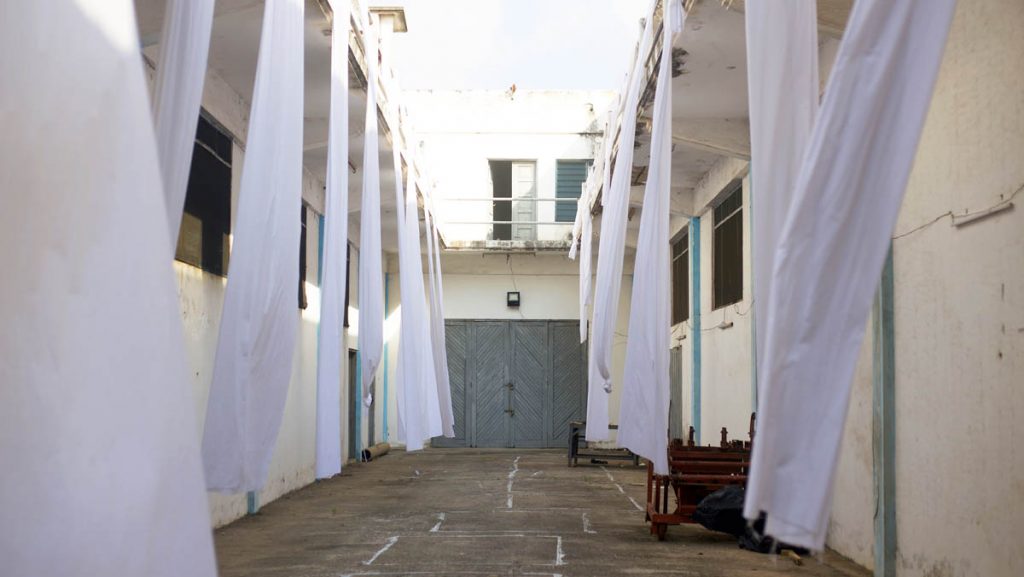I’ve been thinking quite a lot about online art offers. I’m wondering how the decisions of aesthetics are made, or if you as an agency keep the same aesthetics in your products?
Aesthetics are always teamwork. For example, if you analyze the aesthetics of the INTERCONTI art fair, not cancelled, last year’s Curated by, or the websites of the galleries with whom we have been cooperating, you would see that the designs vary a lot. not cancelled had a super minimalistic design. INTERCONTI was a crazy brutalistic mix. We do not have a signature style. Sometimes we are super brutal, and we allow the „insanity“ of our designers‘ minds. I personally love this cacophony of various looks. Then of course, the design has a lot do to with the client. We listen to their needs and visions. The design and aesthetics are a sum of the ideas produced by the client and the ones produced by our team. Nevertheless, we like to push people’s visual limits.

treat agency interview 
INTERCONTI WIEN. Photo: Courtesy of treat agencytreat agency interview
For a while now, the agency has also been working with Art Basel. You support the art fair with digital strategy & analysis. In few words, how is a digital strategy analysis conducted?
Art Basel got in touch with us more than a year ago. We analyzed the user interface and suggested what could be enhanced. It was very well received, so we kept working together. The analysis itself is studying data to understand how people are using the page. We use various methods of data collection, and this becomes our base for decision making. The data gives us an approach. It shows what people like, what kind of medium is preferred, what content performs better so that we can answer questions like „Is it better to show an interview with an artist or an exhibition view?“
Meanwhile, the agency is involved in so many art-related projects. Can it be that in the coming years, the agency will offer services exclusively to art-related clients?
I couldn’t say that. The commercial clients have been and are important because we gain a lot of knowledge through them. I do want to keep both types of clients. They are both a kind of bubble. I don’t want to focus on just one field; it makes me feel balanced to be part of multiple worlds. Also, these bubbles are super important for each other. Galleries can learn the importance of (digital) marketing from commercial clients. They learn to professionalize their processes and draw digital strategy plans. Many galleries communicate perfectly in a one-on-one setting, but they lack communication tools regarding digital marketing. Meanwhile, commercial clients are much better at this and understand the importance of digital presence. But when commercial clients see our work in the art field, they become aware of more delicate things such as: ethics, gender, diversity, inclusion, aesthetics of words, and storytelling. These kinds of topics are definitely triggered by the art world. There is a mutual value for both groups. So, in short, no, I do not plan to focus exclusively on the art world. I want to keep operating in multiple fields.
Through the work with art galleries, you have observed a lot and acquired constant knowledge. Can you tell us what kind of shifts galleries should undertake in the near future?
I think galleries need to understand the necessity of digitalization. The pandemic triggered an engagement with digital technologies, and many galleries are now getting to know and are starting to use this stuff. New ways of exhibition documentation are crucial. The future of documentation is not just text and exhibition views. If you are not going to do it in the next couple of years, I think it is going to be difficult to stay current as a gallery.
Adresse and contact:
treat.agency
Fernkorngasse 10, 1100 Wien
www.treat.agency
About the Interviewer: Erka Shalari (*1988, Tirana) is a Vienna-based art author. She focuses on discovering independent young and emerging artists, unconventional exhibition spaces, and galleries that have deliberately broken new ground in their working methods. In this regard, she relies on unorthodox publishing practices, coupling these with a nonchalant manner of writing. The work oscillates between articles for magazines, exhibition texts and press releases.




